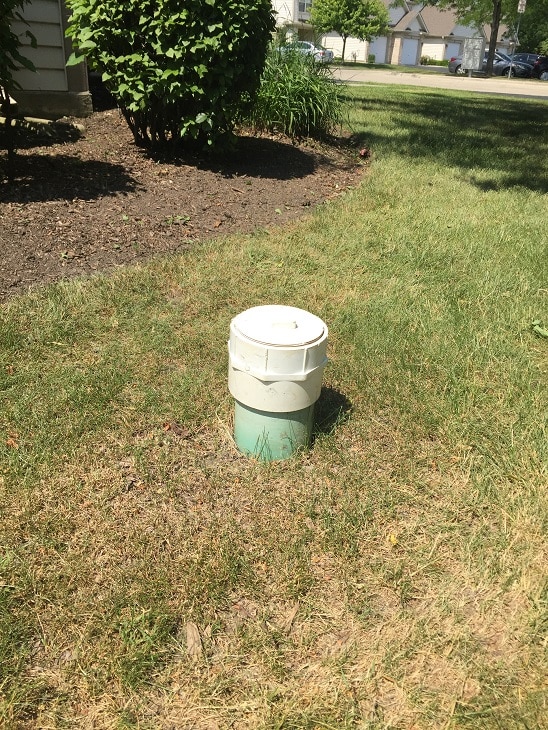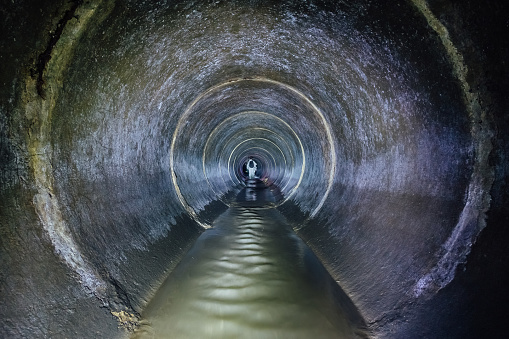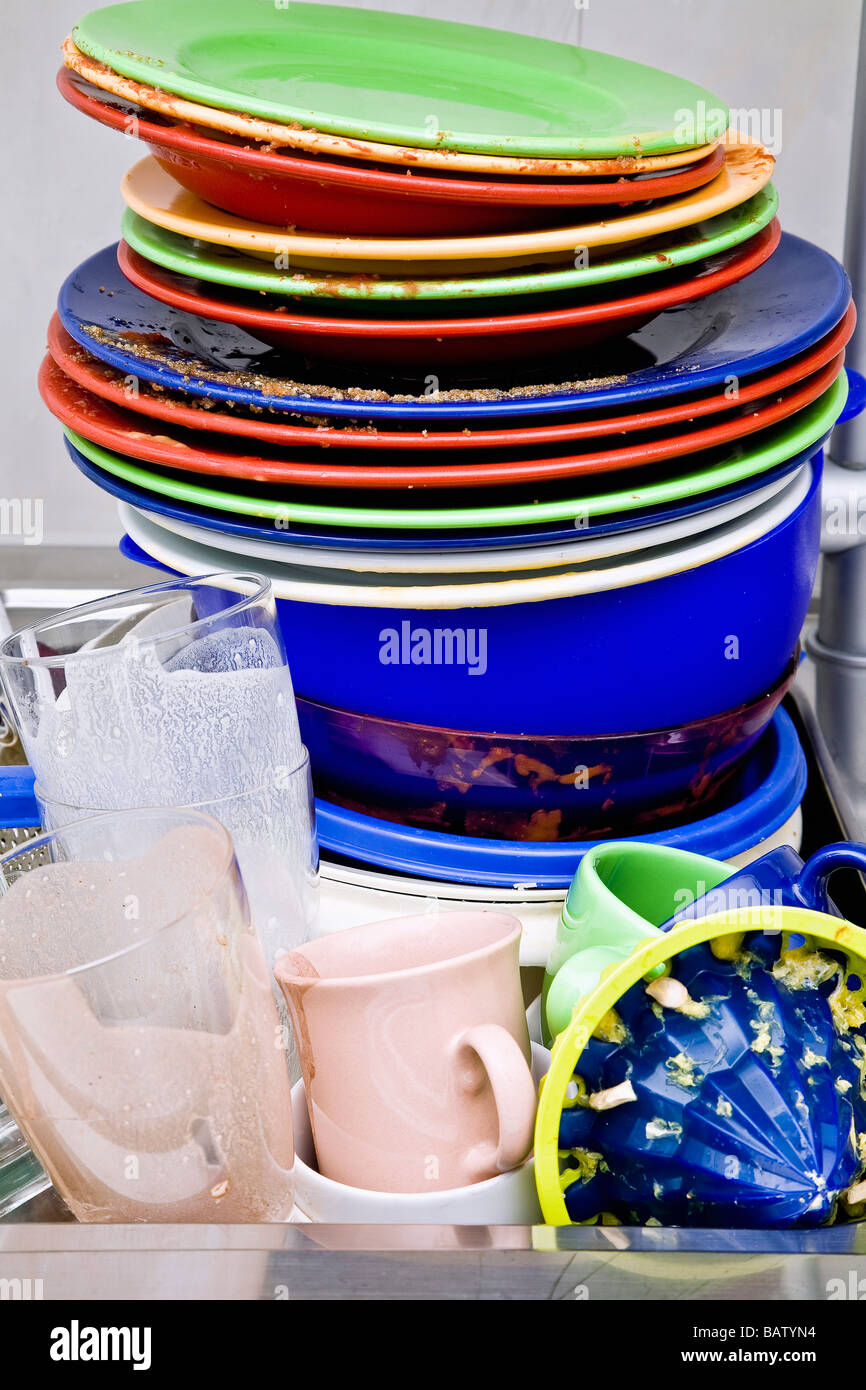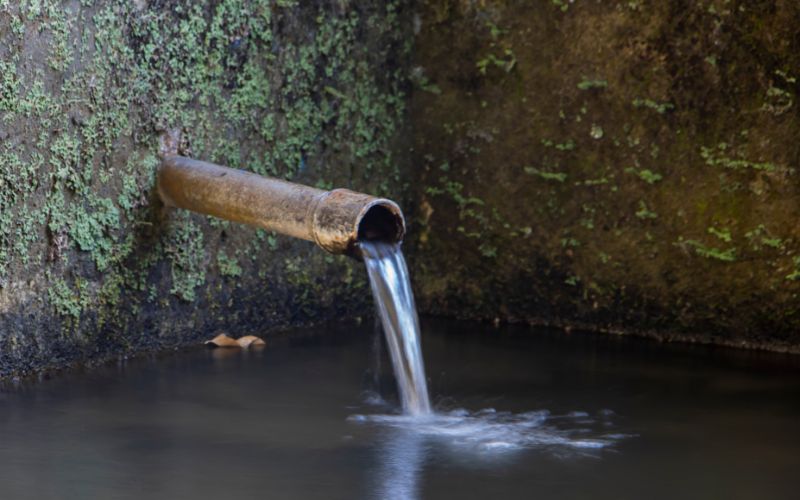A sewage backup in your kitchen sink can be a major inconvenience and a potential health hazard. Luckily, there are steps you can take to fix the issue and prevent it from happening again in the future. Follow these tips to quickly and effectively deal with a sewage backup in your kitchen sink.How to Fix a Sewage Backup in Your Kitchen Sink
There are several possible reasons for a sewage backup in your kitchen sink. One common cause is a clogged drain. This can be due to a buildup of food particles, grease, or other debris. Another potential cause is a broken or blocked sewer line. Tree roots, foreign objects, and damage to the pipes can all lead to a sewage backup in your kitchen sink.What Causes Sewage Backup in Kitchen Sink
It's important to be aware of the signs of a sewage backup in your kitchen sink so you can address the issue as soon as possible. Some common signs include foul odors coming from the drain, slow draining water, and gurgling noises when using the sink. You may also notice sewage or water backing up into the sink or overflowing onto the floor.Signs of a Sewage Backup in Kitchen Sink
If you're dealing with a minor sewage backup in your kitchen sink, there are a few DIY solutions you can try before calling a professional. One option is to use a plunger to try and dislodge the clog. Another is to use a mixture of baking soda and vinegar to break up the clog. You can also try using a plumbing snake to physically remove the blockage from the drain.DIY Solutions for Sewage Backup in Kitchen Sink
If the DIY solutions don't work or if the sewage backup in your kitchen sink is severe, it's best to call a professional plumber for help. They have the expertise and equipment to properly diagnose and fix the issue. Plus, they can ensure that the problem is fully resolved and won't happen again in the future.Professional Services for Sewage Backup in Kitchen Sink
The best way to deal with a sewage backup in your kitchen sink is to prevent it from happening in the first place. Regularly cleaning your drain and using a drain cover to catch food particles can help prevent clogs. It's also important to properly dispose of grease and avoid flushing foreign objects down the drain. Regular maintenance of your sewer line can also help prevent backups.Preventing Sewage Backup in Kitchen Sink
As mentioned, a clogged drain and a broken or blocked sewer line are two common causes of sewage backup in a kitchen sink. However, there are other factors that can contribute to the issue. These include outdated plumbing systems, heavy rain or flooding, and improper disposal of household products, such as paper towels or feminine hygiene products.Common Causes of Sewage Backup in Kitchen Sink
A sewage backup in your kitchen sink can pose serious health risks if not properly addressed. The sewage contains bacteria and other harmful pathogens that can cause illness or infection. In addition, sewage backup can lead to mold growth, which can also be detrimental to your health. It's important to handle the situation promptly and thoroughly for the safety of you and your family.Health Risks of Sewage Backup in Kitchen Sink
Cleaning up after a sewage backup in your kitchen sink can be a daunting task. It's important to take precautions and wear protective gear, such as gloves and a face mask, to avoid contact with the sewage. Dispose of any contaminated items and disinfect the affected area thoroughly. It may also be necessary to call a professional cleaning service to ensure proper sanitation.How to Clean Up After a Sewage Backup in Kitchen Sink
If you're unable to resolve the issue on your own or if the backup is severe, it's best to call a plumber for help. Additionally, if you notice any signs of a broken or blocked sewer line, such as foul smells or water backing up in multiple drains, it's important to call a professional immediately. They can identify and fix the problem before it becomes worse and potentially more expensive to repair.When to Call a Plumber for Sewage Backup in Kitchen Sink
Why Sewage Backup in Your Kitchen Sink is a Major Issue for Your House Design

Understanding the Impact of Sewage Backup on Your Home
 Sewage backup in your kitchen sink may seem like a minor inconvenience, but it can actually have a major impact on your overall house design. Not only is it unpleasant and unsanitary, but it can also cause serious damage to your home and pose a health risk to you and your family.
Sewage backup
occurs when the pipes in your home become clogged or damaged, preventing proper drainage and causing wastewater to back up into your home. This can be caused by a variety of factors, including tree roots, debris buildup, or structural issues with your pipes. Whatever the cause,
sewage backup
should never be ignored and should be addressed immediately to prevent further damage to your home.
Sewage backup in your kitchen sink may seem like a minor inconvenience, but it can actually have a major impact on your overall house design. Not only is it unpleasant and unsanitary, but it can also cause serious damage to your home and pose a health risk to you and your family.
Sewage backup
occurs when the pipes in your home become clogged or damaged, preventing proper drainage and causing wastewater to back up into your home. This can be caused by a variety of factors, including tree roots, debris buildup, or structural issues with your pipes. Whatever the cause,
sewage backup
should never be ignored and should be addressed immediately to prevent further damage to your home.
The Dangers of Sewage Backup
 Sewage backup
can have a number of negative effects on your house design. The most obvious is the foul odor that can permeate your home, making it unpleasant and uncomfortable to live in. Furthermore, it can also lead to mold growth, which not only damages your home but can also pose a serious health risk to you and your family. In addition, sewage backup can cause structural damage to your home, such as weakening the foundation or causing cracks in your walls and floors. This can be a costly issue to fix and can greatly impact the overall design and value of your home.
Sewage backup
can have a number of negative effects on your house design. The most obvious is the foul odor that can permeate your home, making it unpleasant and uncomfortable to live in. Furthermore, it can also lead to mold growth, which not only damages your home but can also pose a serious health risk to you and your family. In addition, sewage backup can cause structural damage to your home, such as weakening the foundation or causing cracks in your walls and floors. This can be a costly issue to fix and can greatly impact the overall design and value of your home.
Preventing Sewage Backup in Your Kitchen Sink
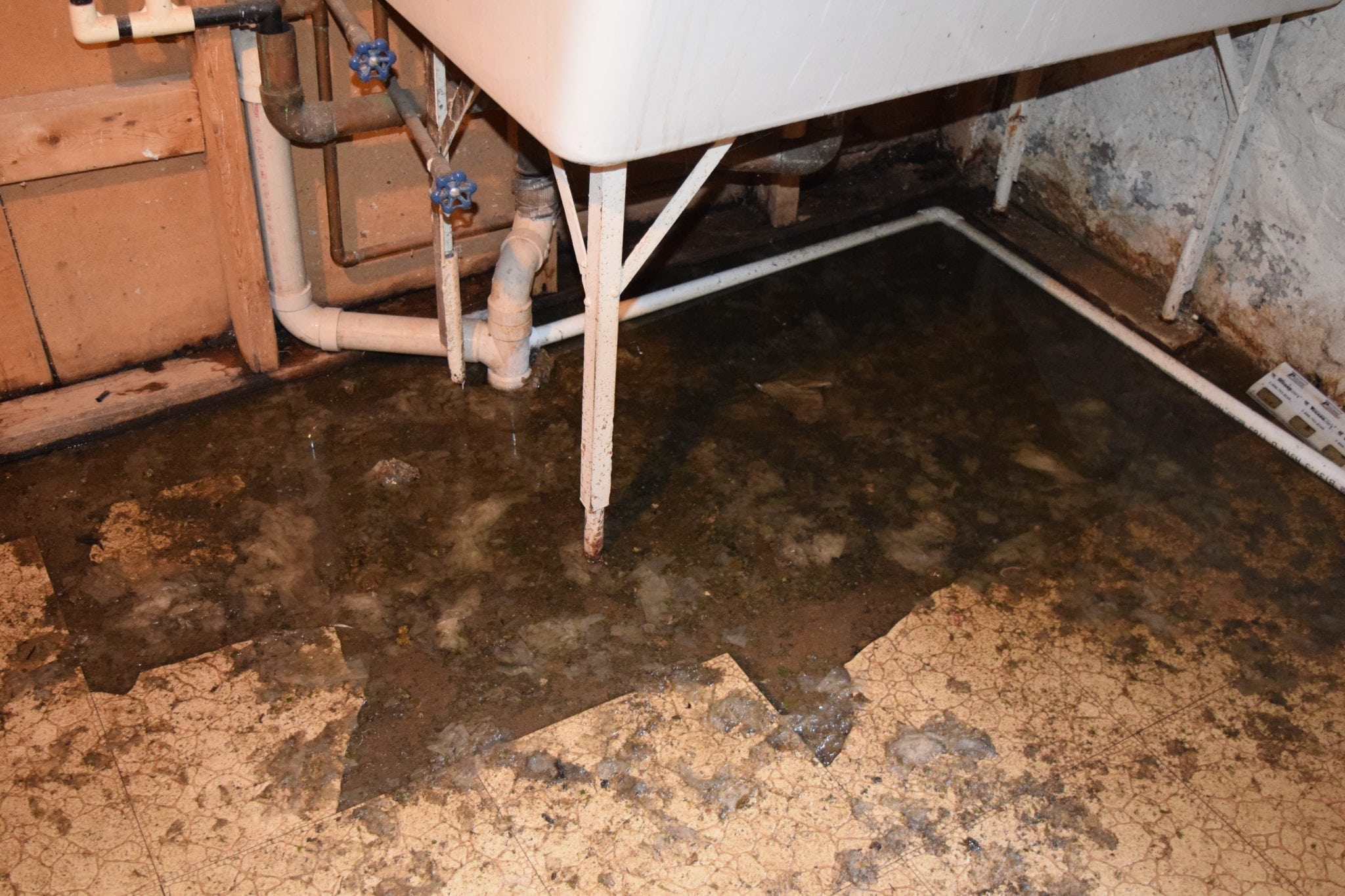 The best way to deal with
sewage backup
is to prevent it from happening in the first place. Regular maintenance of your plumbing system is crucial in keeping your pipes clear and preventing clogs from forming. This includes avoiding flushing inappropriate items down the toilet, such as wet wipes or feminine hygiene products, and properly disposing of grease and oil instead of pouring them down the drain. Additionally, regularly scheduling professional inspections and cleanings of your pipes can help identify and address any potential issues before they become major problems.
The best way to deal with
sewage backup
is to prevent it from happening in the first place. Regular maintenance of your plumbing system is crucial in keeping your pipes clear and preventing clogs from forming. This includes avoiding flushing inappropriate items down the toilet, such as wet wipes or feminine hygiene products, and properly disposing of grease and oil instead of pouring them down the drain. Additionally, regularly scheduling professional inspections and cleanings of your pipes can help identify and address any potential issues before they become major problems.
Addressing Sewage Backup in Your Kitchen Sink
 If you do experience sewage backup in your kitchen sink, it is important to address it immediately to minimize the damage to your home.
Do not attempt to fix the issue yourself
, as this can be dangerous and may not fully resolve the problem. Instead, call a professional plumber who has the knowledge and equipment to safely and effectively address the issue. They can also provide advice on how to prevent future sewage backups in your home.
In conclusion, sewage backup in your kitchen sink is not a problem to be taken lightly. It can have serious consequences for your house design, as well as your health and well-being. By understanding the risks and taking preventative measures, you can ensure that your home remains a safe and comfortable place for you and your family to live in.
If you do experience sewage backup in your kitchen sink, it is important to address it immediately to minimize the damage to your home.
Do not attempt to fix the issue yourself
, as this can be dangerous and may not fully resolve the problem. Instead, call a professional plumber who has the knowledge and equipment to safely and effectively address the issue. They can also provide advice on how to prevent future sewage backups in your home.
In conclusion, sewage backup in your kitchen sink is not a problem to be taken lightly. It can have serious consequences for your house design, as well as your health and well-being. By understanding the risks and taking preventative measures, you can ensure that your home remains a safe and comfortable place for you and your family to live in.




















